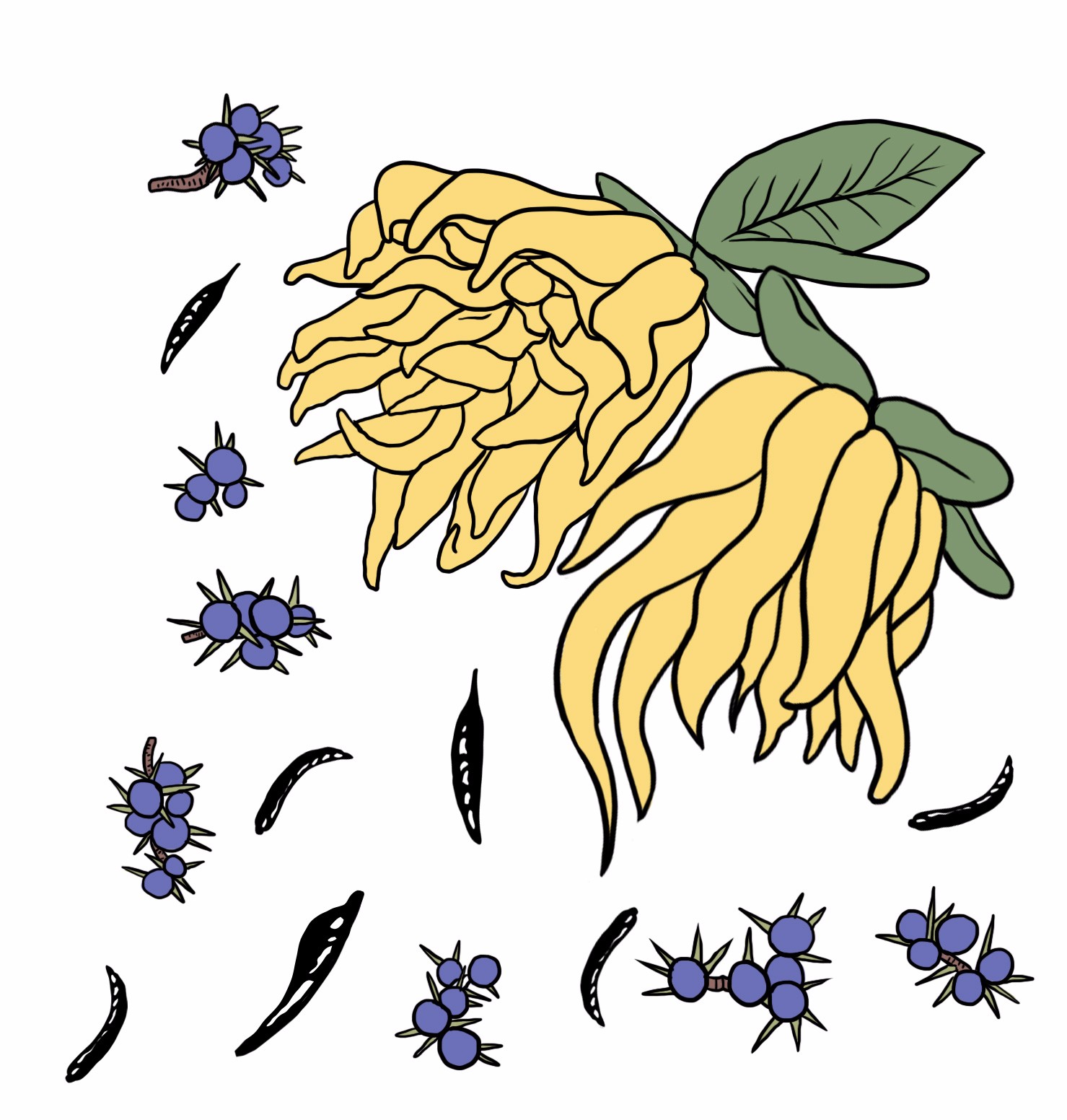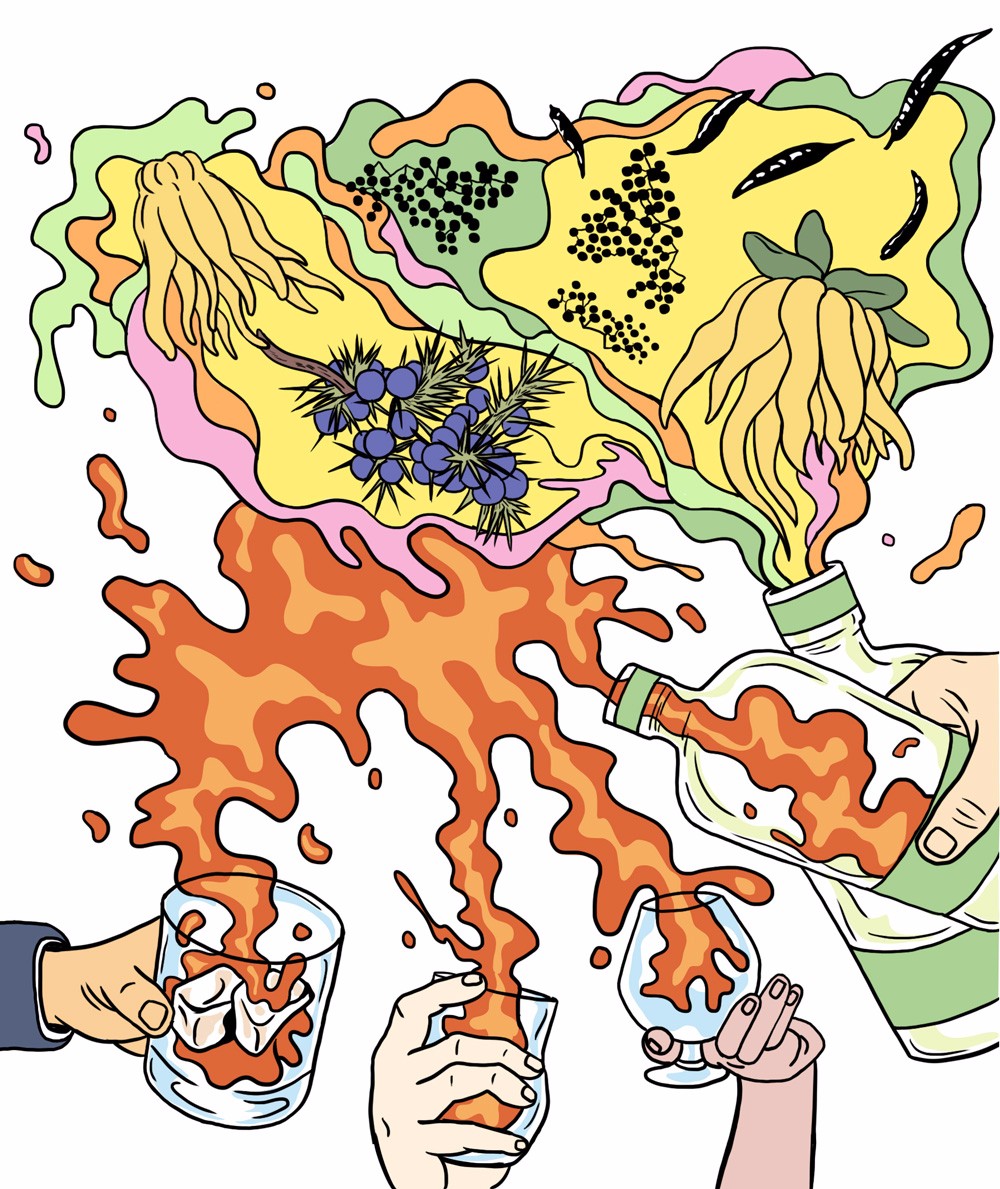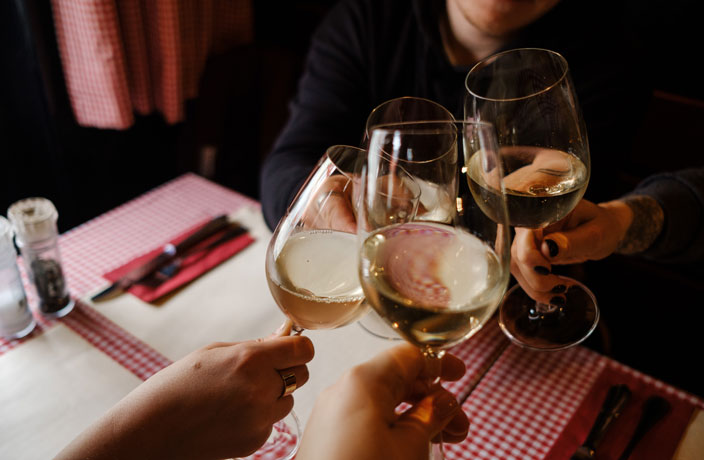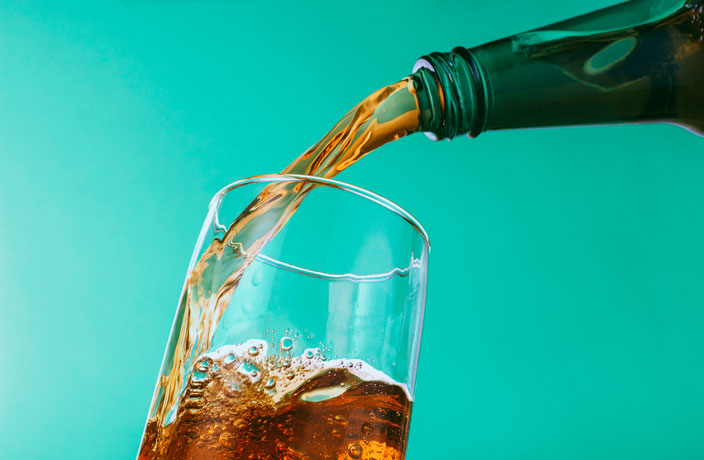Think of ‘made in China’ spirits, and baijiu, that notoriously pungent and potent white liquor, springs to mind. But as has been the case with China’s craft beer movement and, increasingly, viniculture, the country’s entrepreneurial landscape is proving potentially fertile ground for a new breed of premium spirits, both Western-style and Chinese.
An industry still in its infancy, the first challenge that distillers have to overcome is to turn around the negative connotations attached to ‘made in China’ liquors. Fuelled by years of headlines about bootleg factory busts and hospitalized customers, there is a pervading stigma from consumers that international or long-established local brands are by default more exclusive and aspirational. From the outside, the idea that locally made craft spirits could grow into more than a few anomalies seems like a pipe dream.
Nevertheless, as China’s consumer market continues to mature, drinkers are increasingly curious to try new brands. With spirit imports up in terms of volume and value across the board according to industry publication, The Drinks Business, there’s never been a better time for prospective distillers to make their mark on this blank canvas. Moreover, data intelligence company Global Data estimates that Chinese spirits are to grow to USD450 billion by 2021, up from USD205 billion in 2016, so why shouldn’t locally crafted brands enjoy a part of that?
Rise of the Ginthusiast
The impetus for spirit connoisseurs to produce their own small batch liquors has already been well underway for years elsewhere. In the UK, for instance, a nationally rekindled love of artisanal gin has paved the way for literally hundreds of small batch producers, who have reverted to the old fashioned methods that once made London the gin capital of the world.
Producers are inspired by the success of premium spirits like Sipsmith Gin, which hinges on the premise of being made with botanicals indigenous to the country or area in which the gin is produced. In cases like Scottish-produced gin, The Botanist, ingredients are hand-foraged from the wild. China, with its near-limitless wealth of distinctive natural ingredients, is the perfect hunting ground for distillers who want to create a different landscape of flavor from other craft gins.
Crimson Pangolin Gin
It is this capacity for customization that makes gin a particularly potent spirit for small batch producers, one that caught the eye of former fashion designer Helena Kidacka and her partner David Muñoz. “David is an alcohol importer and had always wanted to launch his own product, though I always felt the time wasn’t right,” she explains over lightly citrusy, floral gin and tonics made with their own label, Crimson Pangolin.
On a trip to the UK, Kidacka recalls witnessing the rekindled passion for gins. “I was really inspired by the number of boutique gin distilleries there are now – the UK has over 300 now.”
A former life working in fashion has given Kidacka the benefit of a keen sense of trend forecasting within China’s beverage industry. “There’s loads of gin-focused bars opening,” she explains. “Even among David’s clients, everyone wants to buy gin; it feels like the trend has finally migrated over to China.”

Illustration by Zoo (www.behance.net/guoxunzoo)
Having set their minds to gin, the couple commenced looking for a distillery that could produce a batch small enough to meet their budgets, eventually finding one in Changsha, Hunan. Despite the distillery having never made a gin before, they were keen to give it a go, and agreed to produce a batch of just 3,000 bottles for the couple.
Deciding on a distinctive flavor that would set their gin apart from others would be an equally intensive task. “They sent us a few of their base samples to try at home, and we began infusing them with ingredients that were dear to us in China,” Kidacka explains. “We went to local farmers, tea markets, [and bought] coriander seeds, peppercorns, lemon peel, all sorts of flowers, leaves and roots. We infused eight 200ml bottles and experimented with various flavors. As they matured we’d pester barmen to try them.”
Having established their formula, Kidacka and her partner crushed and ground the botanicals themselves in order to keep the recipe private. “We basically stayed up all night grinding everything by hand into a fine powder, and then let it infuse into the gin for 48 hours after distillation,” she says. “This method also gives our gin its pale gold color.”
While the benefit of post-distilling infusion is a more intense botanical flavor, the resulting distinctive hue presented an initial stumbling block when marketing their gin. “People who know about gins didn’t see it as a problem. But people who had never seen one before assumed it was because was made in China,” Kidacka recalls. “But luckily that changed after they sampled a glass.”
Peddlers Shanghai Gin
The global gin movement was also inspiration for another China distillery start-up, Shanghai-based Peddlers Gin. Co-founder Ryan McLeod, who also initiated food company Tuck Shop Pies and imports beer, recalls the moment inspiration struck: “I was at an alcohol industry event, and there was heaps of gin there. I found myself pouring myself tons of them, but it was Rogue Society from New Zealand that sparked us off. We’re Kiwis too, and we thought, ‘What’s to stop us from having a go?”
The following morning, McLeod reached out to his network to get the ball rolling. “One person put me in touch with another, and then all of a sudden I had tons of equipment delivered. We were distilling within a week – not that we were selling it or anything. It actually took nearly two years to get the recipe right.”
Being the only gin hailing from Shanghai, formulating a brand image that could compete with other craft labels proved unchartered territory for the Peddlers team. “We realized our logo and marketing visuals were going to be super important. I follow a bunch of gin clubs on Instagram, and it seems like every day there’s a new label on the scene.”
Targeting well-traveled locals who have experienced small batch gin before is at the forefront of the brand’s customer profiling. The idea is that exposure to this demographic produces a convenient trickle-down effect, ultimately enabling the brand to ultimately reach a wider audience, including those who may never have tried gin before.
One thing they did know, however, was that Peddlers should make its China provenance a selling feature rather than a draw-back. “From day one our ambition was to make ‘made in China’ a good thing. We’re trying to change the trend.”
Leading the charge of Peddlers proudly Chinese character is a flavor profile of local ingredients, some of which are unique to the country. “We really wanted to connect our gin with Chinese botanicals,” McLeod explains. “Ginseng, lotus, all sorts of roots and teas.”

Illustration by Zoo (www.behance.net/guoxunzoo)
Ultimately, it was one of China’s most distinctive ingredients that became a defining character: “Sichuan pepper was probably the ingredient that we liked the best. It’s such a cool flavor – although we don’t use so much that it’s overpowering.”
With their base recipe established, inspiration didn’t stop there, and Peddlers now has plans to launch a new line of flavors. “A few years ago, it was flavored vodkas that dominated the market, stuff like vanilla or raspberry Absolut,” says McLeod. “But I think what’s exciting about our gin is that it’s not just a scent added in, it’s a really complex recipe based around juniper berries, coriander seeds, and angelica root. They all make up gin,” he explains. “We basically became obsessed with trying new flavors.”
“Take blood orange as an example – you cut it up, run a still through it, and then all of a sudden you’ve got our base spirit but with this subtle citrus flavor running through. We just think experimenting like this is so exciting, although it’s a super complicated process.”
Further challenges for the brand came in the form of licenses. Having outgrown their home experiements, Peddlers is now made in an out-of-town facility that can accommodate a 1,000-liter distillation equipment. “We went to a few different places that turned out to be deadends in terms of licenses,” says McLeod. ”The hardest part was getting all the equipment, the recipe, establishing the flavor profile and then branding was hard as well. It’s so important to get that right.”
Heritage Revitalized
While Western-style spirits offer distillers a chance to join in a pre-existing global appreciation of small-batch liquors, others still have turned to native Chinese varieties. One example is Guan Yun, an emerging baijiu brand founded by former tech engineer Chen Zhenyu, who saw the opportunity to develop a new breed of product that could resonate better with fellow millennial consumers both at home and abroad.
“Chinese liquors make up 60 percent of alcohol sales in China,” a 20 something former Intel tech engineer Chen tells us. “In 2016 there were over 16 billion bottles sold, with a value of over 650 billion yuan.”
While much of this wine is still ‘traditional,’ times are changing, and so are consumers. Chen particularly targets maturing consumers born in the 80s and 90s, who are open to trying new products but are still discerning for quality.
Coming from a familial line of distillers that have been active since the Yongzheng Period of the Qing Dynasty, Chen understands the necessary techniques to produce the spirit, but also that young consumers wanted different things from the liquor than previous generations. “Young consumers find traditional baijiu too harsh in taste. It gets you drunk too easily, and is prohibitively expensive,” he explains.
The former national tech and robotics champion saw an opportunity to develop a new breed of spirit, one which would have a softer, fruitier and sweeter profile while retaining a traditional clear appearance. Having found favorable tests from his fellow international and local colleagues, in 2014 Chen returned to his ancestral hometown to focus on Guan Yun full-time.

Illustration by Zoo (www.behance.net/guoxunzoo)
With its clean, minimalist aesthetic, Guan Yun’s visual marketing clearly eschews traditional baijiu purchasing demographics in favor of millennial consumers. Its emphasis on purity of ingredients and small, traditional production may also help the brand resonate with international customers, a clientele that Chen has already begun to court.
“In July 2017, we actually participated in the International Creative Festival in Cannes, France," says Chen. “To me, [this demonstrates] Chinese spirits aren’t just a domestic consumer category, they can also be representative of Chinese culture.” For drinkers and bartenders always on the lookout for new things, Chen feels the time may come when Chinese-style liquors get their moment in the sun. “I definitely think Chinese alcohol has the potential to acquire global customers.”
“In the future we’ll continue to innovate and improve the aroma, packaging and brand communication of our product to reach a greater international audience.”
Better Bitters
For Frankie Zou, one of the capital’s most respected bartenders, the impetus to distill stemmed from the pursuit of perfecting his craft, leading him to develop his own range of boutique bitters, Botany.
During a stint working in Singapore’s Marina Bay Sands hotel, the Hubei native recalls being inspired by the wealth of ingredients available to him. “Singapore has an enormous range of cuisines from India, Malaysia, China, and it was quite a contrast from what I was used to in Beijing. A chef from Alsace was trying to do a lot of dishes with different herbs and spices, and that [inspired me to do the same with my products].”
Upon returning to Beijing, Zou sensed among the bar community a lack of options for bitters – high-proof liquors flavored with plant extracts that add distinct characters to cocktails.
“Bartending is a handicraft, you need to focus on many different elements: spirits, fresh ingredients, and of course bitters.” By creating his own bitters, Zou hoped to offer simple and elegant solutions to elevate their cocktails: “I wanted to make things easier for bartenders, so they can focus on other important aspects like service.” Zou puts theory into practice at his own bar in Beijing, also named Botany, where he serves lavish and complex cocktails using his own products.
Now 10 years into his experiment and with 14 different bitters ranging from lemongrass, green walnut, rhubarb and five spice, Zou has branched out to develop his own gin, and even whisky. “My hometown is Yichang in Hubei near the Three Gorges, which is a mountainous region known for the high quality of the water and fresh air,” he says. “There’s barely any cars and no factories, so I thought, ‘this water would be the ideal basis for whisky.’”

Illustration by Zoo (www.behance.net/guoxunzoo)
Despite having limited distillation experience, Zou’s persistence is the key that will turn the lock on high quality Chinese-made whisky. “I basically made my first whisky by accident, since I was trying to make a high-proof spirit that I could use for my bitters,” Zou remembers. “I’d never had the chance to go to a whisky distillery in Scotland, so I learned how to make it by reading books. The first few times were really bad though; the liquor burned, became very bitter and not pleasant. Afterwards I adjusted the fermentation and sugar content and carried on developing my recipe for a few years.”
He adds, “It makes me happy that people are wondering why China can’t make a good whisky like other producers are doing in Australia, Japan and Italy and India. I feel the seed is starting to sprout.”
Despite his enthusiasm, Zou is realistic about his products limited revenue-bringing ability. “Working on distillation is not easy,” he cautions. “Even if there’s no profit in the beginning stage, I want to develop the quality step-by-step rather than saying, ‘Hey, we have a whisky now,’” he says. “We’ve had a lot of support from our customers with what we’re doing, so for me it’s more important to focus on quality.”
Find out More...
• www.crimsonpangolin.com
• www.peddlersgin.com
• www.guanyun.cn
• Find the official Botany WeChat ID: gh_bc100c33bd88
Illustrations by Zoo (www.behance.net/guoxunzoo)






















0 User Comments